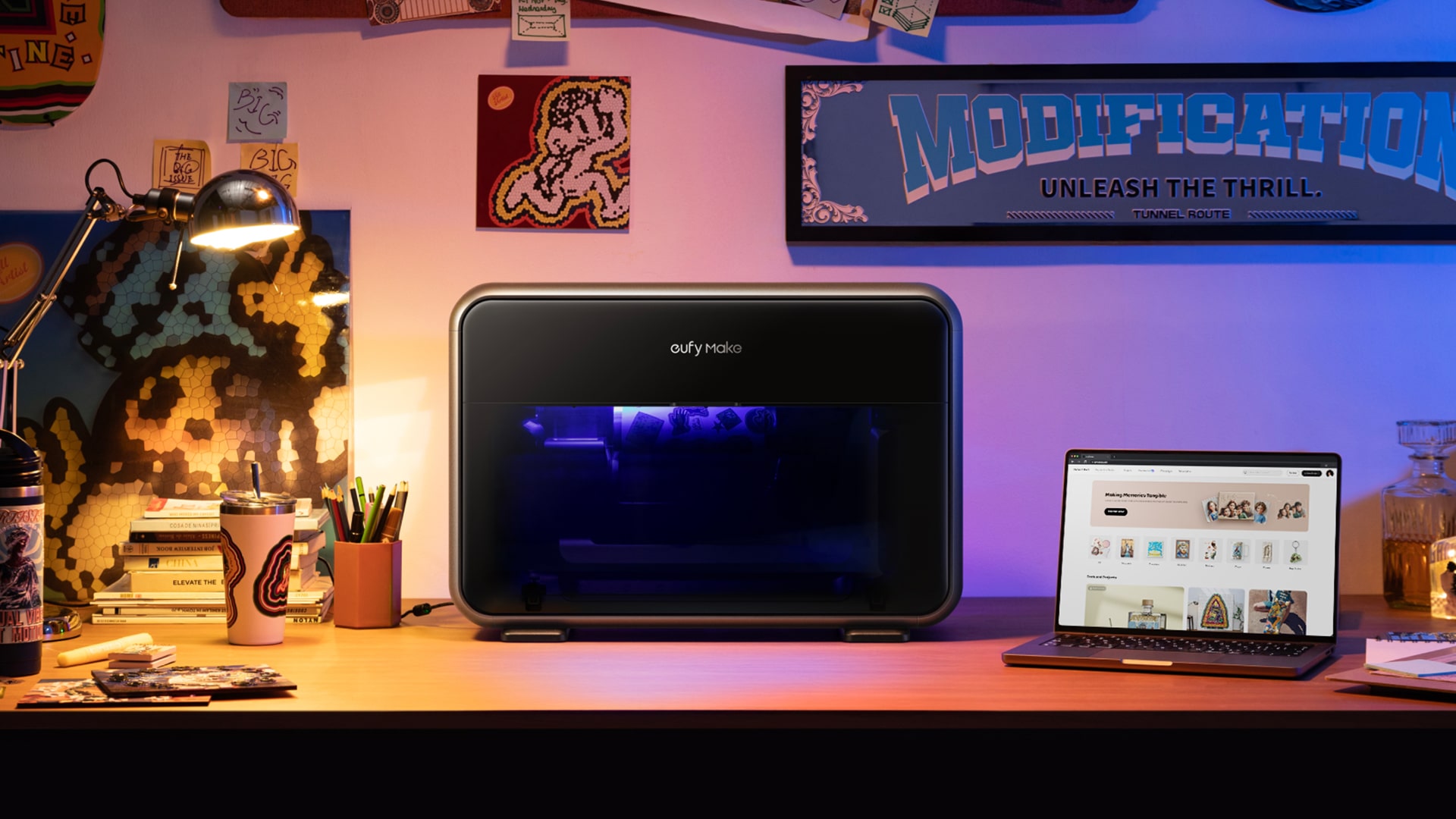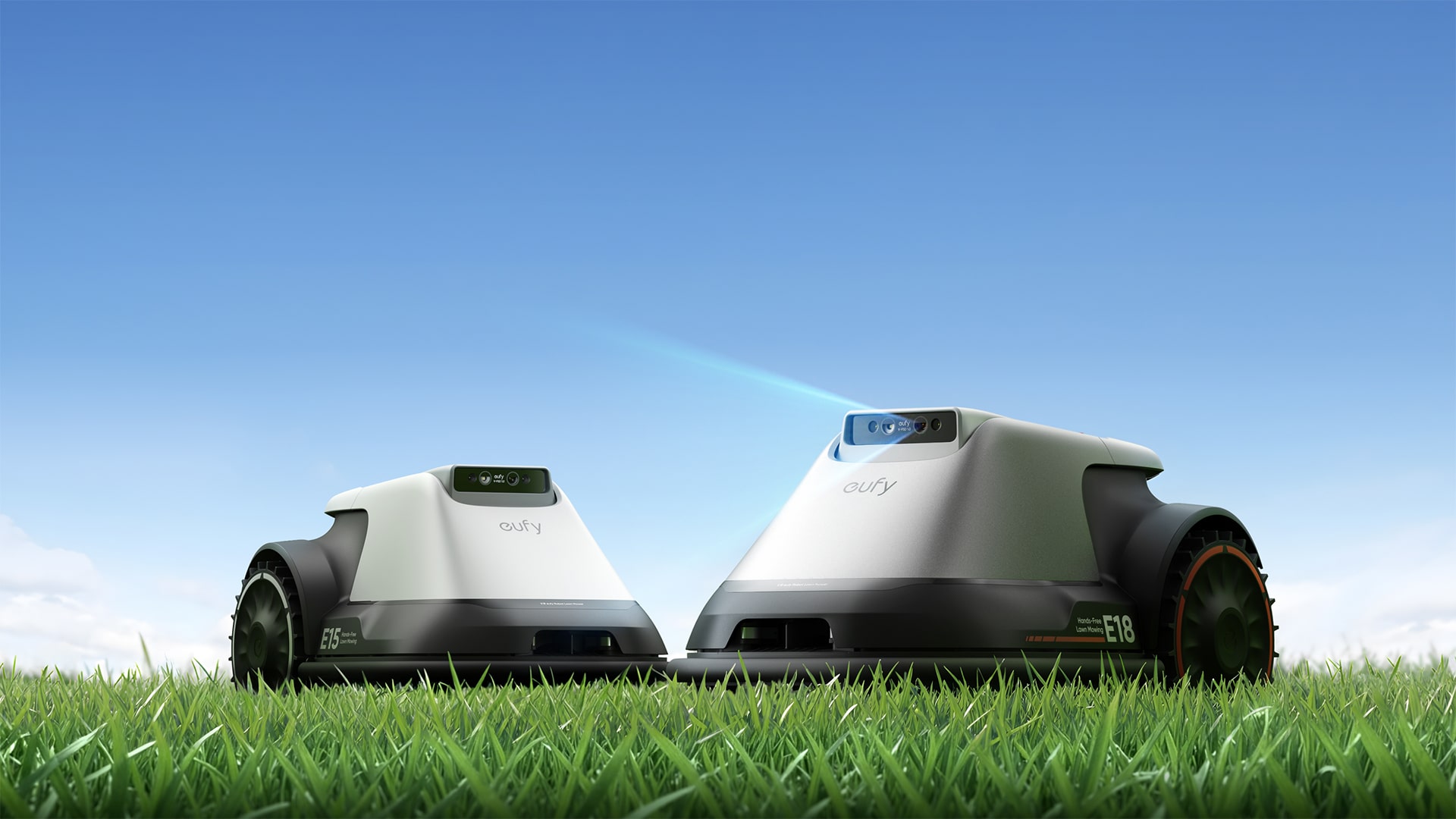Anker Innovations is turning the page on its earlier struggles with a fresh push into consumer-grade robotics and printing hardware, two sectors where the company has previously stumbled but now sees new momentum.
In January, its sub-brand Eufy, known for smart home gadgets, debuted a robotic lawn mower at CES. By April, the mower went live on AliExpress, and sales in Germany crossed USD 10,000 within the first week. Around the same time, Anker rebranded its 3D printing offshoot AnkerMake as EufyMake and launched the EufyMake E1 UV printer on Kickstarter.

That gamble paid off. Within 12 hours, the E1 campaign raised more than USD 10 million. It has since topped USD 20 million, breaking records for tech crowdfunding globally.
For Anker, it’s a striking comeback. The company had previously abandoned a robotic mower project and struggled to scale its first 3D printer due to manufacturing hiccups. These ventures failed to gain commercial traction, despite Anker’s stature in the cross-border e-commerce world. Based in Shenzhen, it was among the first Chinese firms to cultivate a globally recognized brand, challenging stereotypes about “Made in China” quality.
Anker started with mobile power banks, added audio under Soundcore, and built out smart home products via Eufy. At its height, it ran 27 product teams. But outside Soundcore, few sub-brands found lasting success. By 2021, founder Yang Meng acknowledged that Anker had hit a ceiling. He cut ten product lines, concentrating on core strengths like power and audio. That reset worked. By 2024, Anker pulled in RMB 20 billion (USD 2.8 billion) in annual revenue, with both top- and bottom-line growth surpassing 30%.
Now the company is betting that niche robotics and printing could unlock its next phase.
A surprise hit in UV printing
Anker’s foray into consumer UV printing surprised many in the hardware industry. The EufyMake E1 is pitched as the world’s first personal UV printer that can produce embossed, 3D-textured surfaces. Traditional UV printers are bulky, industrial machines. They use ultraviolet light to cure ink on surfaces like acrylic, leather, or wood, but are typically limited to flat media and require trained operators.
The E1 flips that model. Starting at USD 1,899 (with early bird pricing at USD 1,699), it targets hobbyists and small businesses with a compact, AI-powered design. Its standout feature: layered ink can reach up to five millimeters in height, enabling tactile prints. Users simply upload an image, choose from over 20,000 design templates, and hit print. AI handles the rest, from scan alignment to color calibration.
Dual lasers and a nanoscale camera boost print accuracy, while a proprietary JetClean system slashes maintenance costs by 90% compared to conventional machines.
“This product hits a sweet spot in the market,” a consumer hardware investor told 36Kr. “There’s no comparable offering right now. It requires less complex tech than a 3D printer, but is more advanced than laser engravers. Anker also knows how to promote it.”
The investor added that the E1’s approach is noteworthy for streamlining printing workflows, which could enhance its appeal. “Earlier devices had too many steps. You had to print the design on a film, manually apply glue, bake it, and then heat-press it. That’s not viable for the average household,” she said.
From the EufyMake E1’s website, its intended audience is clear: DIY hobbyists, makers, and small business owners. This community is often seen as having substantial spending power. Leading laser cutter brand xTool, for instance, brings in more than RMB 2 billion (USD 280 million) in annual revenue, much of it from this demographic.
But while the segment is lucrative, it’s also becoming increasingly crowded as more Chinese hardware brands enter the space.
Earlier this year, xTool launched a garment printer that claims compatibility with nearly all fabrics and advertises full automation of the print-to-bake workflow for both custom and batch jobs. The E1 overlaps in use cases and appeals to a similar user base.
Even closer in scope is Procolored’s entry-level direct-to-film (DTF) printer, which raised USD 1.79 million through Kickstarter. Like the E1, it aims to make DTF printing accessible to non-professionals.
Industry observers note that the consumer printer market has matured to the point where users understand the basics. Now, demand is splintering into niche applications, such as printing directly onto apparel and bags. Whereas these use cases were once B2B, hardware makers are now repackaging the tech for consumers.
EufyMake may not have been first to this trend, but the landscape is tilting toward convergence. Despite differences in technical design, competing products increasingly target the same customers and needs. The space is poised for intense competition.
Late to the lawn
If the E1 signals a promising new category for Anker, its robotic mower effort enters a far more contested arena.
In February, Eufy introduced its E15 and E18 robotic mowers, joining a sector already teeming with activity. Both models are priced in the low four-figure USD range.
They use an approach that eschews perimeter wires in favor of computer vision, as part of a strategy first popularized by Chinese competitors. Yet no dominant standard has taken hold. Some brands rely solely on cameras, others pair vision with real-time kinematic (RTK) positioning, and high-end models add LiDAR (light detection and ranging) into the mix.

Eufy’s design leans on vision-only obstacle avoidance, a lower-cost but technically demanding route. These systems must operate reliably in dynamic outdoor settings where sunlight, shadows, animals, and garden furniture can create unpredictable challenges.
“Pure vision-based mowers are quite complex,” a robotics investor told 36Kr. “One company’s model once mistook a hedgehog for grass and ran it over, causing public outrage. Lawns are messy environments. They might have animals, droppings, patio furniture. Training for such edge cases takes time and a lot of trial and error.”
Hardware is just one part of the problem.
Anker aims to sell its mowers in both North America and Europe, but lawn care norms vary widely. European lawns tend to be fine-textured and low-maintenance. North American grass is tougher, grows faster, and often requires cutting multiple times per month—conditions that typically favor gas-powered machines.
As of now, boundary-free robotic mowers account for just 2% of the US market. Traditional mowers still dominate.
A more immediate hurdle is distribution.
“Robotic mowers are rugged, high-maintenance machines,” another investor said. “They need servicing and repairs. Installation is tricky, and users often need in-person training. Everyone wants to sell them online, but the reality is these are offline products.”
That creates tension with Anker’s strengths. The company generates around 71.2% of its revenue through online sales, according to its latest annual report. That imbalance could prove problematic as it tries to scale a product that demands local servicing and retail presence.
Still, Anker is unlikely to walk away. As a listed company, it needs to demonstrate new growth avenues, and few categories are expanding faster than consumer robotics.
KrASIA Connection features translated and adapted content that was originally published by 36Kr. This article was written by Leslie Zhang for 36Kr.
